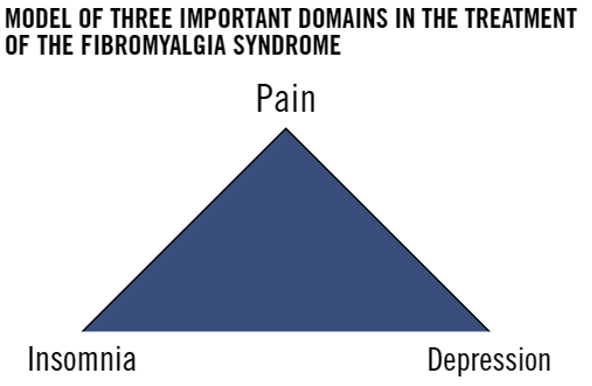Clinical Features Mnemonic: FIBRO 1. Fatigue: 80-90% 2. Fibrofog: Dyscognition or Cognitive impairment e.g. trouble concentrating, forgetfulness, and disorganized or slow thinking 3. Insomnia: 90% 4. Blues: Depression and anxiety 5. Rigidity: Prolonged early morning stiffness not relieved by exercise and absence of synovitis 6. Ow!: Pain (the predominant symptom)…
Category: PGMEE, MRCS, USMLE, MBBS, MD/MS
Medical knowledge in bullet points with understandable language, simplified images and graspable mnemonics.
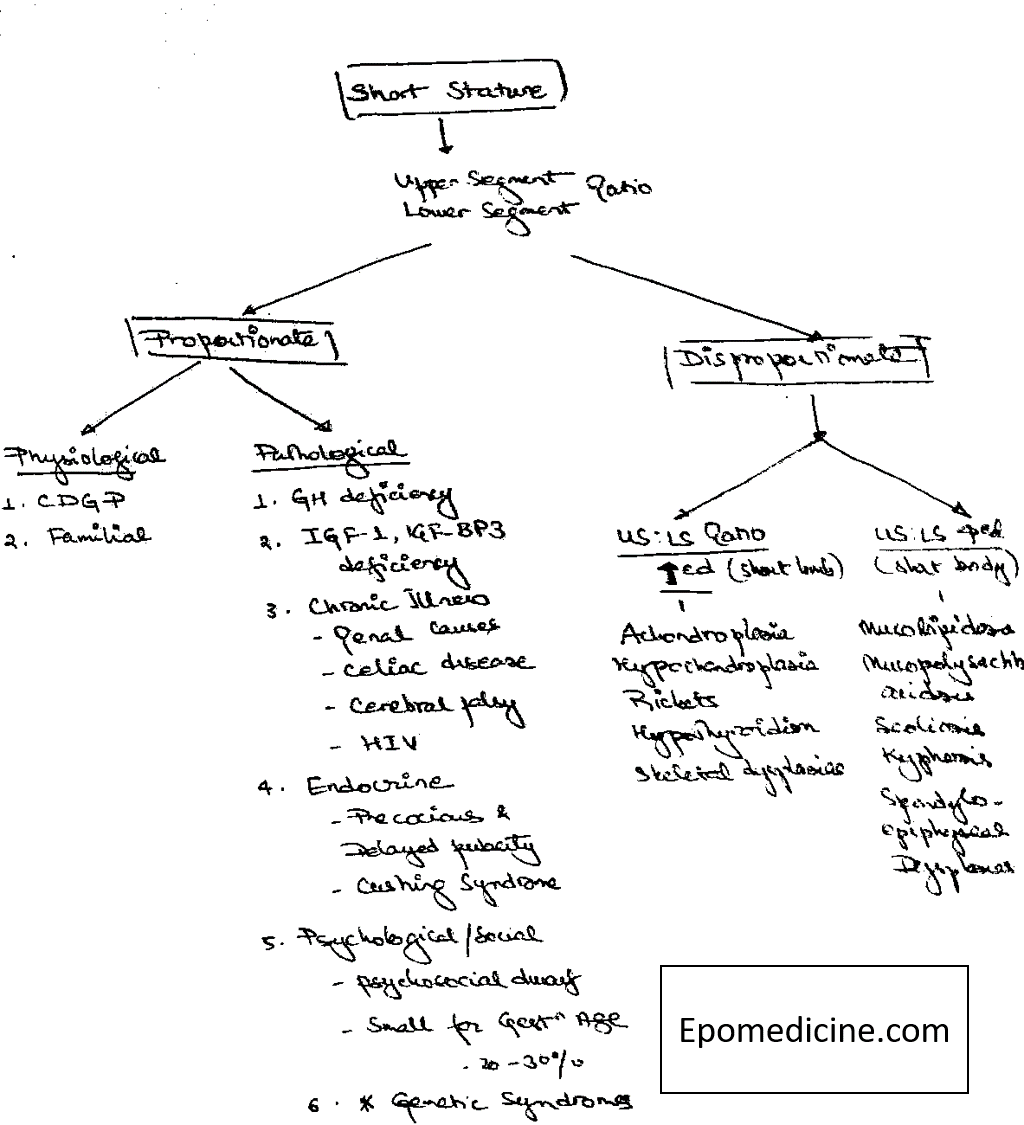
Approach to a Child with Short Stature
Definition of Short Stature Short stature refers to the height below 3rd Centile or 2 Standard Deviations (-2 SD) or more below the mean height for chronological age and gender for the standard population. When height is >-3 SD it’s most likely pathological. Assessment of Short stature 1. Accurate height…
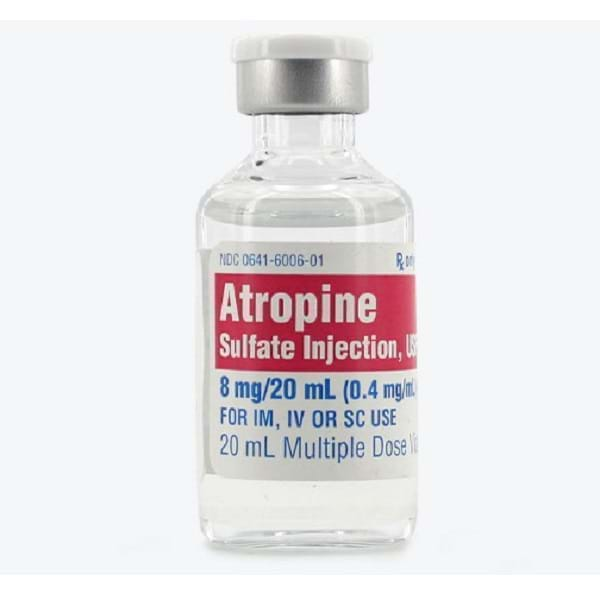
Atropine Induced Paradoxical Bradycardia
Atropine induced paradoxical bradycardia is the sinus bradyarrhythmia following low-dose atropine resulting from the paradoxical slowing in the sinoatrial (SA) node discharge rate. Mechanism of Atropine Induced Paradoxical Bradycardia Central vagotonic effect (blocking M1 acetylcholine receptors in parasympathetic ganglion controlling SA node) of atropine which, at higher doses, is masked…
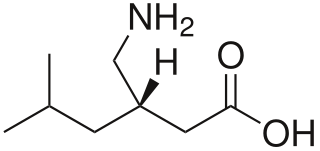
Pregabalin : Pharmacology
Pharmacokinetics After oral ingestion, Pregabalin is rapidly absorbed (Tmax 1.3 hr) Bioavailability is >90% and independent of dose Pregabalin is NOT protein bound Vd is 0.4 L/kg Serum pregabalin concentrations are linearly related to dosage Pregabalin is NOT metabolized Pregabalin is primarily excreted unchanged in urine (98%) with a clearance…
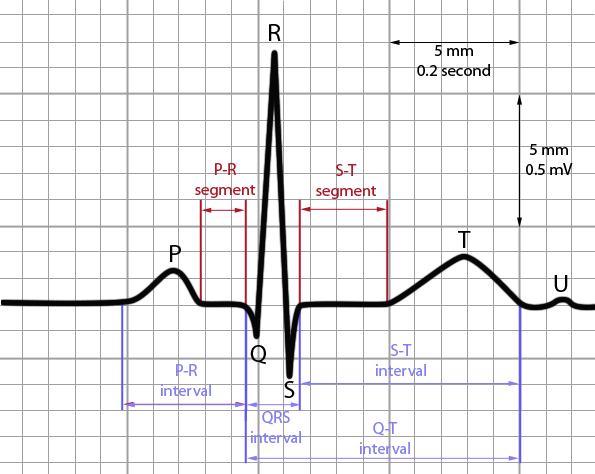
ECG Guide for Surgeons
There is an old saying that two surgeons and an ECG form a double-blind-study. Then, there’s a protocol for surgeons intended for humor: All spikes up: Operate All spikes down: Call Medics All spikes missing: Recently: Call Anesthetist A long time ago: Complete death certificate So, let’s think of heart…
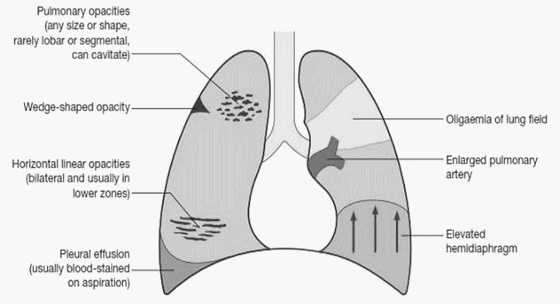
Perioperative Management of Venous thromboembolism (VTE)
Recommended duration of anticoagulant prophylaxis The recommendations are as follows: 1. Provoked DVT (with reversible surgical or nonsurgical provoking factor): 3 months 2. Unprovoked isolated distal DVT (has low risk of recurrence): 3 months 3. Unprovoked proximal DVT or PE: Indefinite therapy if D-dimer positive after 1 month after 3 months of therapy or second VTE…
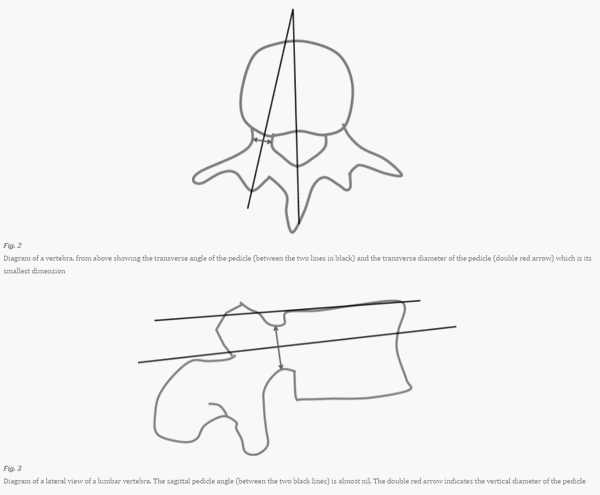
Pedicle Screw Insertion Simplified
Anatomy of Vertebral Pedicle Width (narrowest transverse diameter): Narrowest at T4-T5 (4-5 mm) Above and below this level, the width gradually increases to almost double at T1 and T11 (8 mm) Narrowest for lumbar at L2 (two for tiny; 2 X 3 = 6 mm) Increases gradually to L5 (5…
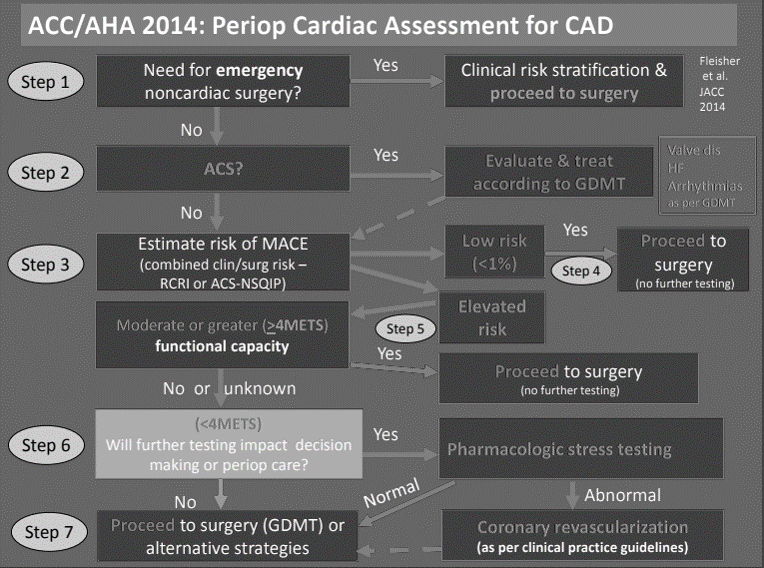
Preoperative Cardiac Evaluation in Non-cardiac Surgery : Mnemonic
Besides, for the emergency/urgent surgeries, one needs to evaluate 4 variables in the preoperative cardiac evaluation of the patient for the non-cardiac surgery. We have elaborated the mnemonics used by CasesBlog. These variables can be remembered by the mnemonic PAST. Patient risk Activity level (METs) Surgical risk Test (Stress test)…
